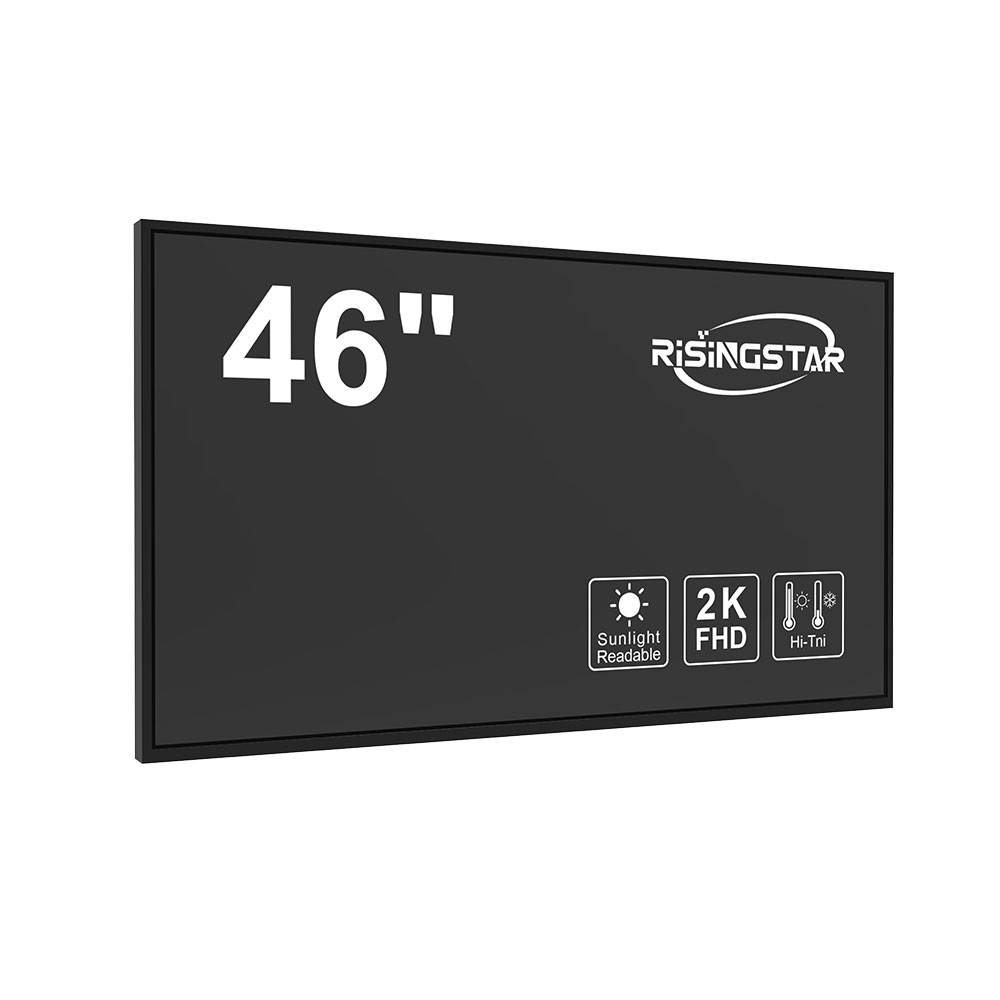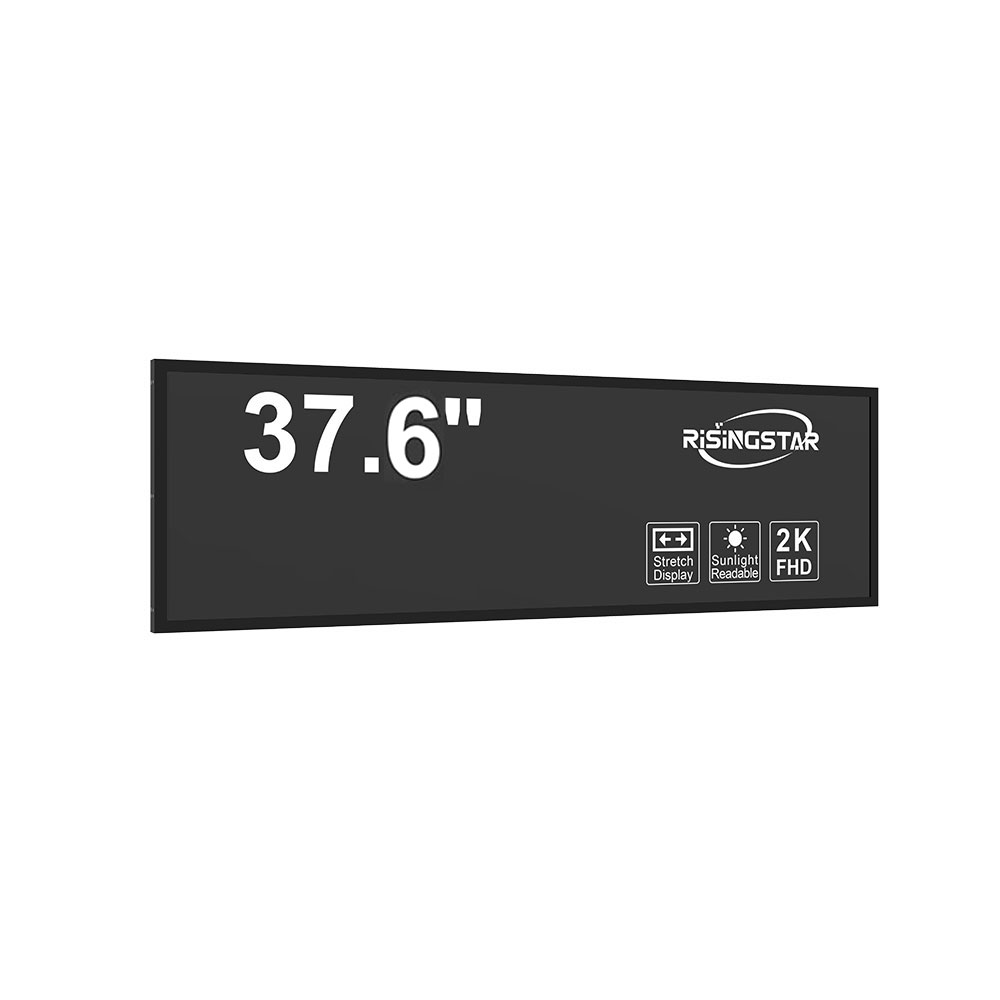- Home
- About Us
- Products
- News
- Video
- Contact
- Send Inquiry
Search
- Home
- About Us
- Products
- News
- Video
- Contact
- Send Inquiry

High-brightness, sunlight-readable displays are becoming the cornerstone of modern outdoor digital communication systems across diverse industries such as public transportation, energy infrastructure, retail, and real estate. These displays are engineered to maintain visibility under direct sunlight, often achieving brightness levels of 5,000 to 10,000 nits—far exceeding the typical 200–300 nits found in indoor LCDs. This performance is critical for applications like passenger information displays in railways, buses, subways, and intercity trains where clarity must be maintained regardless of ambient lighting conditions.
In transportation systems, high-brightness LCDs serve as reliable sources of real-time updates—such as arrival times, service disruptions, or safety alerts—on platforms and onboard vehicles. According to a 2023 report by MarketsandMarkets, the global smart transit signage market is projected to reach $11.4 billion by 2028, driven largely by demand for robust, outdoor-capable display solutions. For example, the London Underground’s deployment of 7,000+ high-brightness screens on platforms and trains has significantly improved rider experience, particularly during peak sun hours.
Beyond transit, these displays are also vital in EV charging kiosks and gas pumps. A 2022 study by the International Energy Agency (IEA) highlighted that over 60% of EV drivers prefer visual interfaces with clear, sun-readable screens when navigating charging stations. Similarly, gas station operators increasingly rely on high-brightness digital signage to display fuel prices, promotions, and loyalty program details in bright outdoor environments—ensuring customer engagement even at midday.
In retail and real estate sectors, high-brightness outdoor TVs and digital signage enable dynamic content delivery. For instance, shopping malls like Mall of America use these displays to showcase live events, weather forecasts, and promotional videos, boosting foot traffic by up to 25% according to a Nielsen Retail Insights report. Real estate developers similarly deploy them on construction sites and sales offices to provide interactive property tours and pricing data—even in harsh daylight conditions.

The engineering behind these displays includes anti-reflective coatings, advanced LED backlighting (often using RGB LEDs), and wide viewing angles (up to 178°). Many models comply with IP65 or higher ingress protection standards, making them resistant to dust, rain, and temperature extremes (-30°C to +70°C). Industry leaders like LG, Samsung, and Sharp have introduced OLED and mini-LED variants specifically for outdoor use, offering better contrast ratios and longer lifespans than traditional LCDs.
These technologies not only enhance user experience but also support sustainability goals through reduced energy consumption per nit of brightness—a factor increasingly important in green building certifications like LEED and BREEAM. As cities expand their smart infrastructure, high-brightness, sunlight-readable displays will remain indispensable tools for effective, resilient, and human-centric communication in outdoor environments.
